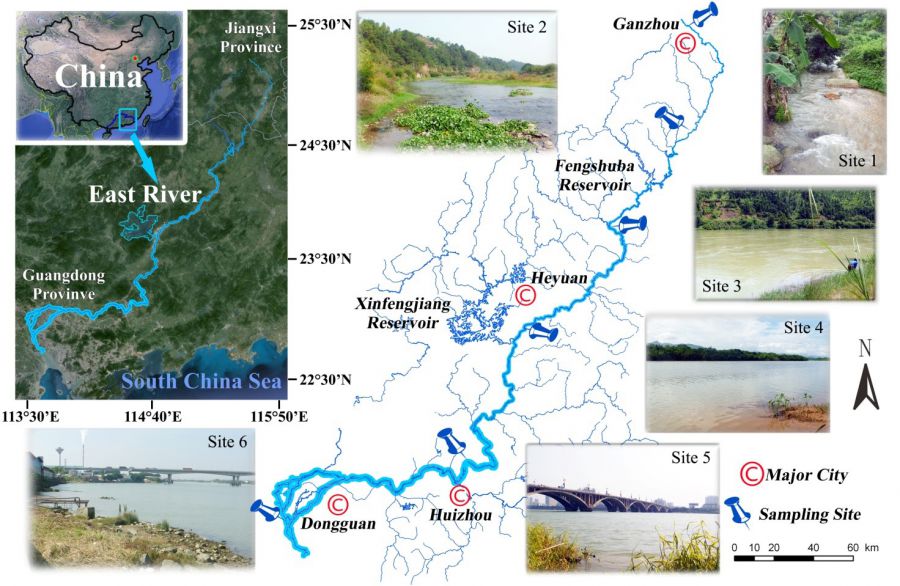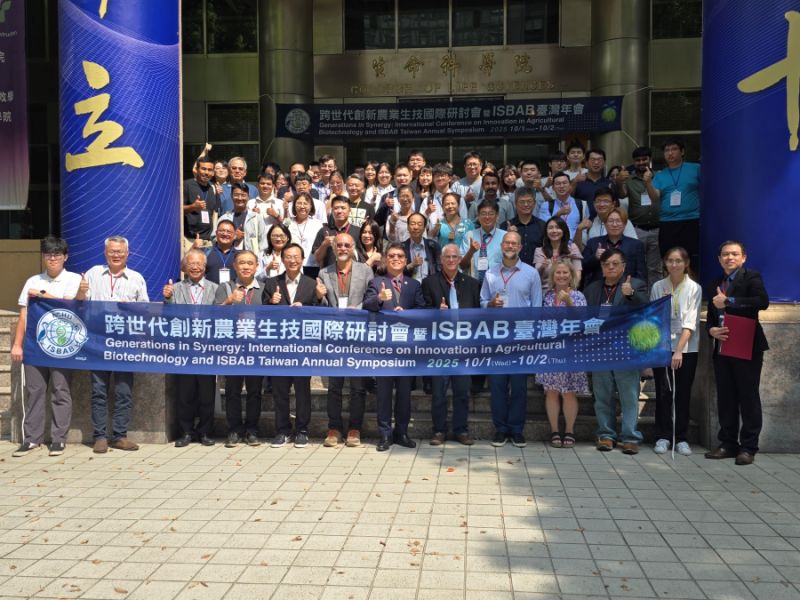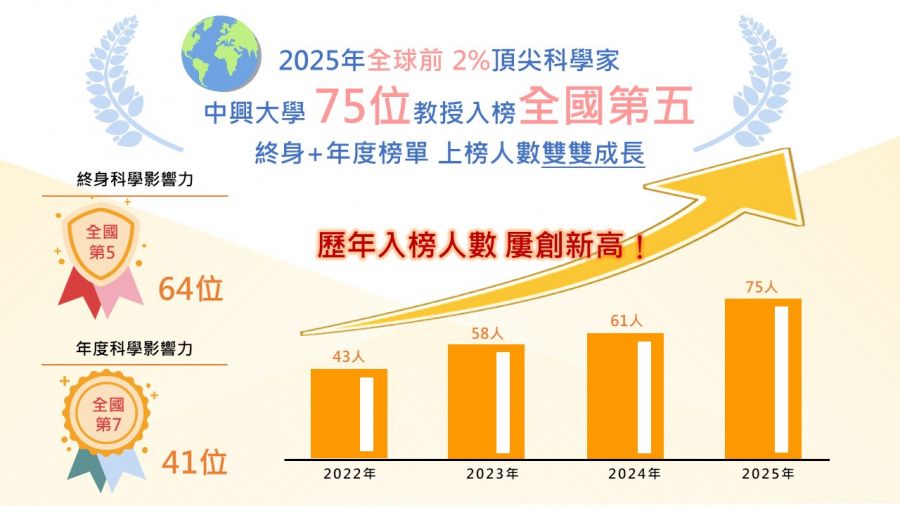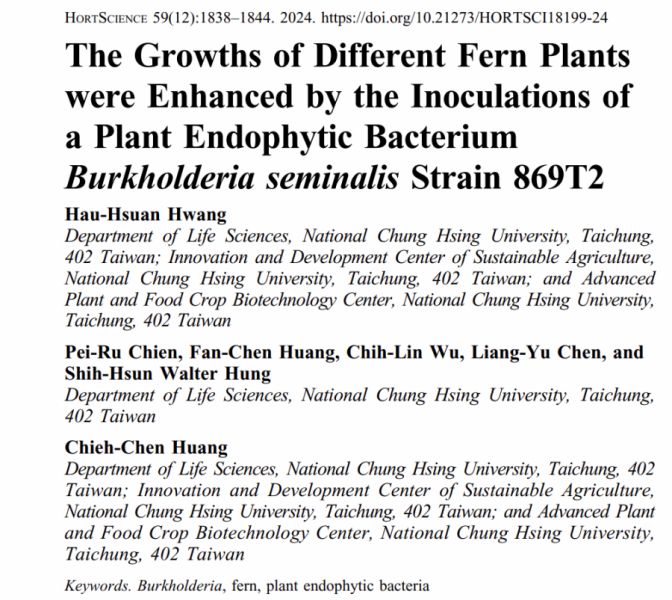| 論文篇名 | 英文:Longitudinal variation in fish prey utilization, trophic guilds, and indicator species along a large subtropical river, China 中文: 亞熱帶河流之魚類食餌、攝食同功群與指標種之縱向變化 |
| 期刊名稱 | Ecology and Evolution |
| 發表年份,卷數,起迄頁數 | 2018, 8,11467-11483 |
| 作者 | Wang S, Wang TT, Tang JP, Wang L, Yang Y*, Lin HJ*, Chang HY, Zhou XA, Li X, Wang M |
| DOI | 10.1002/ece3.4577 |
| 中文摘要 | 由於河流的資源多樣性,了解流域尺度的魚類食餌利用,辨識魚類營養同功群以及指標魚種是很大的挑戰。我們分析了東江流域96種魚類胃內含物,辨識出8種食餌類型,包含29種小類型。我們發現地點間魚類組成有差異,顯示從上游流水域到下流半靜水域之轉變,也就是上游以石附生矽藻及水棲昆蟲有蟲為食,轉變成下游以二枚貝、蝦、魚類及有機物底質為食。我們可依據魚類胃內含物組成分成17個同功群,分別是: 上游之水蟲及附生藻類為食,中游以水生植物、軟體動物及游泳動物為食,以及下游以有機碎屑、環節動物及浮游生物為食。從上游而下游,魚類功能群漸漸變多,但是此連續性被工業化之河口阻斷了。我們以28種豐度最多之魚種為指標,可解釋>80%的環境及食餌變異。下游的食碎屑外來魚種為區分亞熱帶東江及溫帶溪流最主要之因素。 |
| 英文摘要 | Due to the heterogeneous distribution of resources along large rivers, understanding prey utilization by basin‐scale fish assemblages remains a challenge, and thus, recognizing regional fish trophic guilds and indicator species is important. We analyzed the stomach contents of 96 fish species along the subtropical East River in China and identified 8 prey items (29 subcategories). Site‐specific differences in fish diet composition (DC) revealed longitudinal shifts in utilized prey taxa, from upstream lotic to downstream semi‐lentic items, and these were characterized by a decrease in the proportions of epilithic diatoms and aquatic insect larvae (Ephemeroptera and Chironomidae) accompanied by an increase in bivalves (Corbicula and Limnoperna), shrimps and fishes, and organic sediments. The relative prey consumption weighted by fish abundance and biomass indicated that decreasing insect consumption and increasing detritus consumption were two fundamental vectors governing fish‐centered feeding pathways. Seventeen prey‐oriented fish guilds that were clustered based on DC matrix determined the spatial variation in the fish trophic structure. The cumulative presence of (a) upstream guilds reliant on insects and epiphytes, (b) midstream guilds reliant on hydrophytes, molluscs, and nekton, and (c) downstream guilds reliant on detritus, annelids, and plankton resulted in a longitudinal increase in guild richness, but this continuity was interrupted near the industrialized estuary. The most abundant 28 fish species across the guilds were selected as trophic indicator species; their spatial distribution significantly (p < 0.05) explained >80% of the environmental and prey variables identified. These species signified the availability of predator–prey links in distinct habitats and the key environmental factors supporting these links. With a high contribution (>51%) of exotic species, an increase in detritivores downstream distinguishes the subtropical East River from temperate rivers. Particularly, in the disturbed lower reaches, the dominance of detritivores prevailed over the predicted increase in other feeding groups (e.g., omnivores and carnivores). |
【學術亮點】亞熱帶河流之魚類食餌、攝食同功群與指標種之縱向變化 2018-09-03

生態農業:農業溫室氣體減量【生科系林幸助特聘教授】






